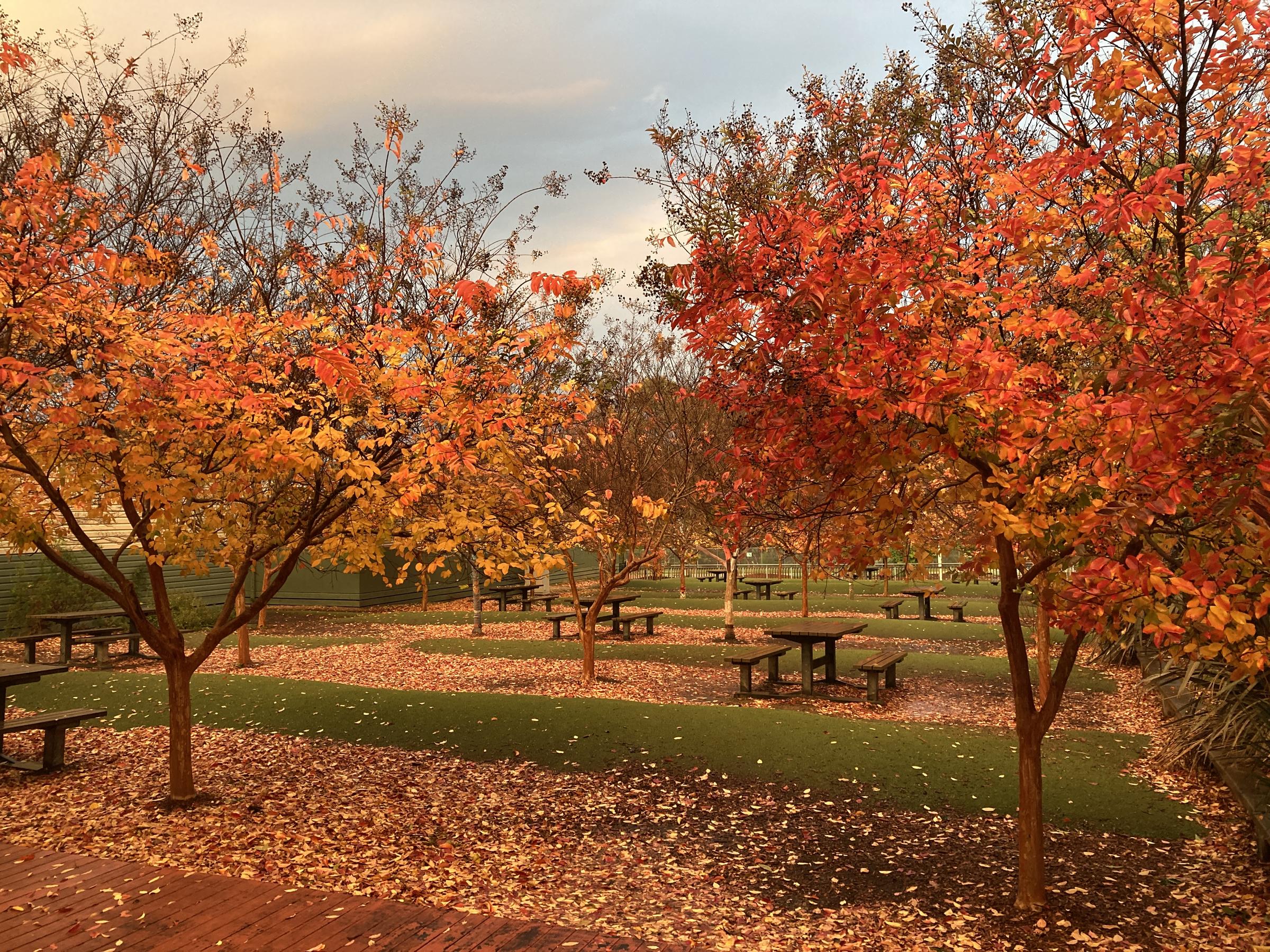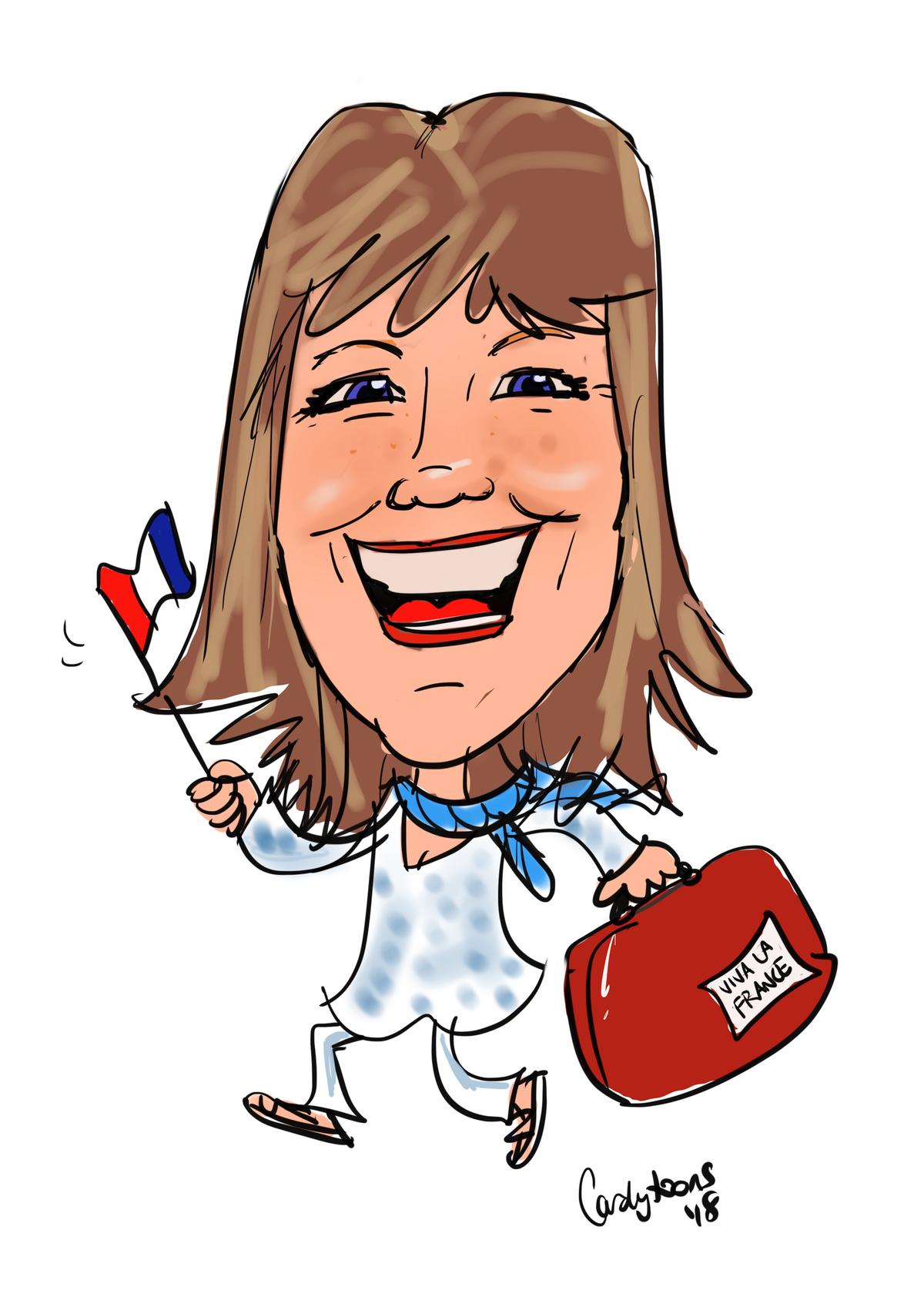Student Wellbeing

Zones of Regulation - Developing a toolkit
Wellbeing and learning go hand in hand, which is why we place such a strong emphasis on our wellbeing sessions. Zones of regulation are one of the ways that we ensure a student's emotional wellbeing is at the forefront of what we do. We want all students to understand that all emotional zones are okay. Whether they’re feeling happy, sad, frustrated, or calm, the key is knowing how to regulate these emotions. In our classrooms, students are actively learning and experimenting with various tools to help them manage their feelings. As they explore these tools, they’ll discover which ones work best for them, creating a personalised toolbox that they can rely on.
Both teachers and students at our school have developed their own unique toolkits to support their emotional regulation. These toolkits reflect individual personalities, preferred strategies and are built through using our school value of adventure with lots of trial and error. By modelling the tools that work for them, teachers help students see the value in recognising their emotions and choosing an appropriate tool to help to regulate these emotions.
Like all learning, we do not expect students to just know how to regulate their emotions and identify the emotion that they are feeling. It takes lots of teaching, modelling, trialling and experiences to be successful in managing our emotions.
What you can do at home to support your child -
We encourage you to support this learning at home by discussing the tools you use to help you regulate. Also discussing the zone you are in, how you know and what is going to help you when you are in this zone. Talking to your child about how they are feeling and what they find helpful when in that zone and practising these regulation techniques together. Some examples of some useful tools that we teach our students at school include the following;
Yellow Zone (energy levels are high) - going for a walk or run and getting a glass of water,
Blue Zone (low energy) - This may require rest if able or if we need to refocus, something that gets our body moving like jumping on a trampoline.
Red Zone (Heightened state/ intense emotions) - we need to stop and reset. We could have a quiet safe space at home. Focus on our breathing.
Green Zone (Ready to go) - We are ready to learn.
Being in the yellow zone can also be an optimal learning opportunity depending on the scenario. It may be because we are challenged by a concept, nervous about a performance or feeling excited about our learning. As we tell our students there is no bad zone, we just need to be able to identify how we are feeling, why we are feeling this way and what tools we are going to use to regulate.
By working together, we can help our students develop lifelong skills to navigate their emotions effectively.
janine.hough@education.vic.gov.au
bradley.ryan@education.vic.gov.au
Janine and Brad.


